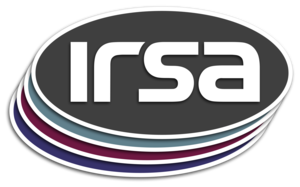During the final months of 2MASS observatory operations, a campaign of targeted "long exposure" observations was carried out during times when no previously unscanned parts of the sky were available for the main survey. These observations used the same freeze-frame scanning technique employed for the survey, but with READ2-READ1 exposures six times longer than was used for normal survey observations (hence they are referred to as "6x" observations). The 2MASS 6x measurements were intended to probe ~1 magnitude deeper than the main survey in unconfused regions.
Approximately 590 deg2 of sky distributed in 30 targeted regions were scanned at least once using the long exposures. Most of this area is concentrated in two large, comprehensive surveys of the Large and Small Magellanic Clouds, 383 deg2 and 127 deg2, respectively. Twenty-eight additional smaller fields were mapped in the 6x mode from both observatories, covering targets that include the Pleiades open cluster, galactic star formation complexes, M31, nearby galaxy clusters and the Lockman Hole.
The merged source tables contain the mean positions magnitudes and uncertainties for sources detected multiple times in each of the 2MASS data sets. The merging was carried out using an autocorrelation of the respective databases to identify groups of extractions that are positionally associated with each other, all lying within a 1.5" radius circular region. A number of confirmation statistics are also provided in the tables that can be used to test for source motion and/or variability, and the general quality of the merge.
This dataset or service is made available by the Infrared Science Archive (IRSA) at IPAC, which is operated by the California Institute of Technology under contract with the National Aeronautics and Space Administration.




